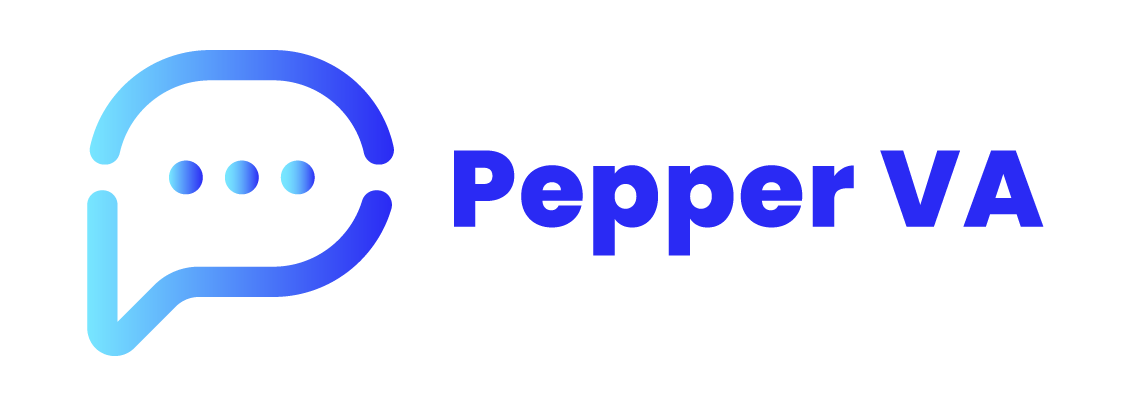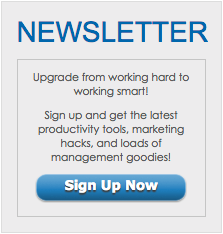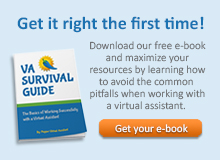Let’s be honest. Traditional reward systems just don’t cut it anymore. You can offer a good paycheck and standard benefits, but if your employees don’t feel truly valued, they’ll start looking elsewhere. The problem isn’t about money; it’s about meaning.
Today’s workforce is more diverse than ever, with four generations bringing their own values, needs, and motivations to the table. What excites a Gen Z professional may not matter at all to a Baby Boomer. That’s why building a sustainable, flexible rewards framework isn’t just smart—it’s essential for keeping employees engaged and loyal.
Understanding Modern Workforce Expectations
Your employees aren’t just politely requesting different rewards anymore. They’re demanding them. And honestly? Good for them.
This shift from cookie-cutter employee rewards to personalized recognition isn’t just a trend—it’s reflecting massive changes in how we all think about work and what we value from our careers.
Generational Differences in Reward Preferences
Every generation brings something unique to your workplace table. Your Gen Z team members? They want incentive programs that actually mean something—stuff that aligns with their environmental and social values. They’ll literally choose volunteer time and green initiatives over bigger paychecks. Wild, right?
Millennials are all about that work-life integration. They crave development opportunities that feel authentic and meaningful. Your Gen X employees focus on financial security and want to see clear paths for moving up the ladder. And your Baby Boomers? They still appreciate traditional benefits and those formal recognition moments that feel substantial.
A successful rewards and recognition platform gives you options that actually speak to each group instead of trying to make everyone happy with the same tired offerings. The smartest companies get these differences and build real flexibility into their systems.
The Impact of Remote and Hybrid Work
Remote work flipped everything on its head, didn’t it? Those old-school recognition tactics like reserved parking spots or office pizza parties—fall completely flat when half your team is logging in from their kitchen table.
Now you need digital recognition tools, virtual celebrations, and flexible scheduling as core parts of your reward strategy.
Core Components of a Sustainable Rewards Framework
Want to build a sustainable rewards framework that actually works? You need these three pillars working together like a well-oiled machine. These elements keep your program financially sound while delivering real value to your people.
Environmental Sustainability Integration
Your workforce cares deeply about environmental responsibility now. Companies are getting creative with green incentive programs—electric vehicle subsidies, carbon footprint challenges, and sustainability-focused team competitions. These programs connect personal values with professional goals, creating engagement that goes way deeper than traditional cash bonuses.
Financial Sustainability for Long-Term Success
Financial sustainability isn’t just about keeping costs under control—it’s about building reward programs that stand the test of time. Too often, companies overspend on perks that don’t resonate or underinvest in areas that truly drive motivation.
The key is finding the right balance between meaningful rewards and smart budget use. When you align spending with what actually matters to your people, you create a system that boosts engagement without draining resources. A cost-smart, future-focused rewards framework ensures long-term success by motivating employees today while keeping your business financially healthy for tomorrow.
Social Sustainability Through Inclusive Recognition
Inclusive recognition celebrates every type of contribution and ensures accessibility for employees with different abilities. Think community impact rewards, volunteer time off, and DEI-focused celebrations. These create cultures where everyone genuinely feels valued.
Technology Integration in Modern Recognition Systems
Technology completely transforms how you deliver and track employee rewards. Today’s platforms use AI to personalize recommendations and give you real-time insights into what’s actually working.
Mobile-First Recognition Solutions
Smartphone apps make peer recognition instant. Internal platforms with social media vibes let people celebrate achievements naturally. Gamification keeps everyone engaged—recognition feels immediate and organic instead of stuffy and delayed.
Data Analytics for Optimization
Advanced analytics predict what your employees actually want and track your program’s ROI. Real-time feedback helps you optimize based on actual behavior patterns, not your assumptions about what people might want.
Reward Type Comparison Table
| Reward Category | Traditional Approach | Sustainable Framework | Employee Impact |
| Recognition | Annual ceremonies | Real-time digital feedback | Higher engagement |
| Financial | Fixed bonuses | Performance-based flexibility | Better retention |
| Development | Standard training | Personalized learning paths | Skill advancement |
| Wellness | Gym memberships | Holistic well-being programs | Reduced burnout |
Implementation Strategy
Rolling out your sustainable rewards framework requires thoughtful planning. Start by surveying employees to understand what they actually value—don’t assume you know.
Pilot programs with select groups give you valuable feedback before going company-wide.
Technology integration should happen gradually. Choose platforms that play nice with your existing HR systems to avoid chaos. And here’s crucial advice: train your managers extensively. They’re absolutely critical for program success and adoption.
Common Questions About Sustainable Reward Systems
1. What are the four types of reward systems in the workplace?
The four main categories include profit-sharing plans, stock options, additional paid time off, and tuition reimbursement programs that address different employee motivations.
2. What is the workforce sustainability model?
This interconnected framework helps HR leaders create resilient, adaptable organizations through eight foundational pillars contributing to long-term workforce health and adaptability.
3. How quickly can organizations see results from new reward frameworks?
Most companies notice initial engagement improvements within 60-90 days, while retention and productivity benefits become measurable after 6-12 months of consistent implementation.
Can small businesses compete with larger companies’ reward offerings?
Building Your Sustainable Future
Creating effective employee recognition systems isn’t about copying your competitors. It’s about truly understanding your unique workforce and designing programs that reflect their actual values and needs.
Sustainable rewards frameworks that weave together environmental, financial, and social sustainability create lasting value for everyone involved—your employees and your bottom line. The programs that stick around long-term? They combine personalization with smart technology, evolving alongside your workforce’s changing expectations.
Remember this: the best reward system makes employees feel genuinely valued while supporting your company’s growth trajectory. Start small. Measure everything. Stay ready to adapt as you discover what truly motivates your people. Your future success depends on getting this right.





